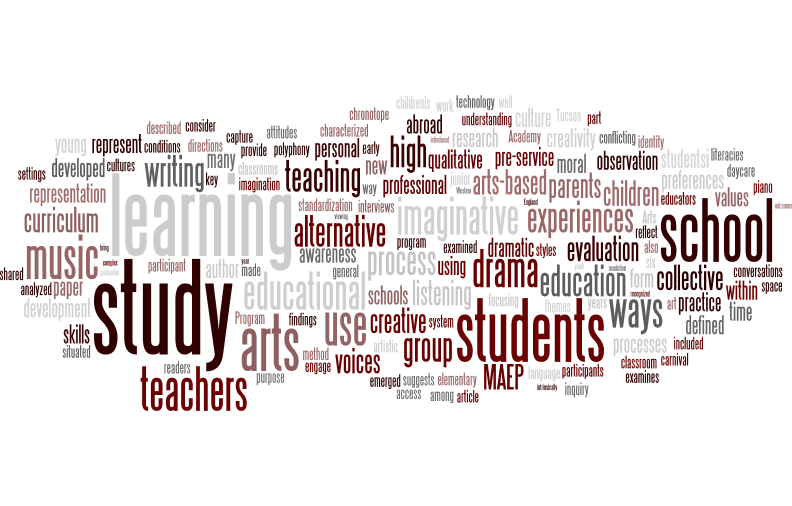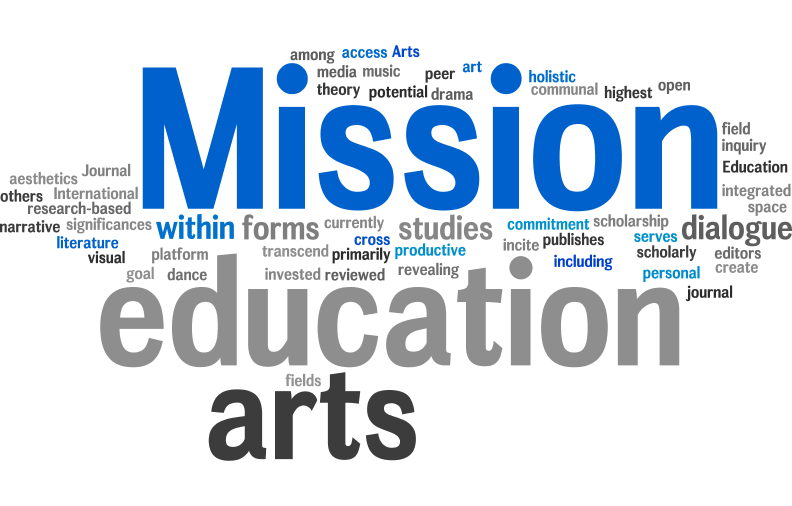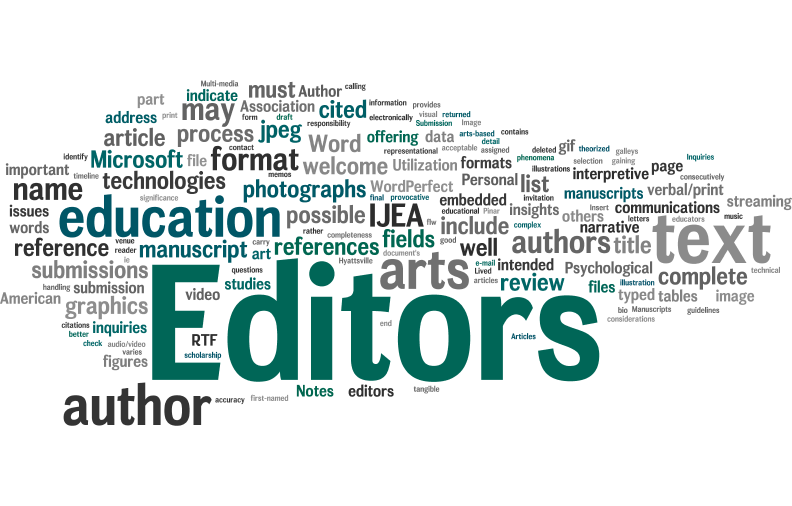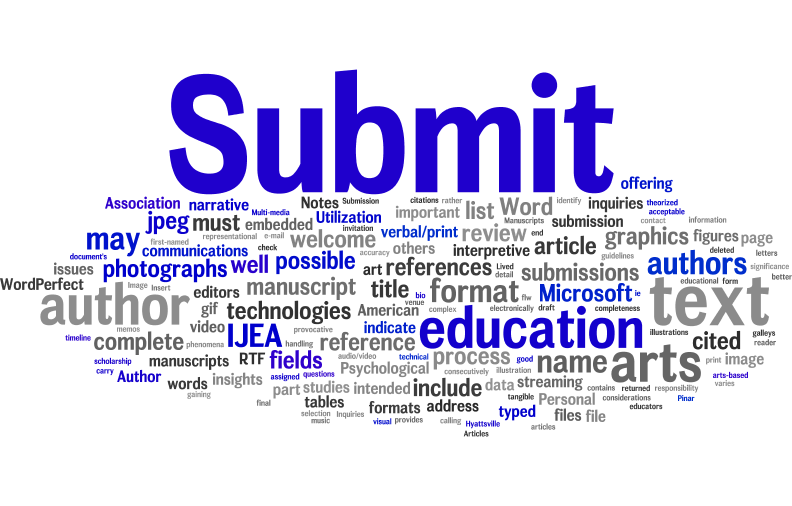2006 Volume 7
Articles and Abstracts

Articles
Volume 7 Number 1: RodrIguez: Experiences with poetry, pedagogy and participant observation: Writing with students in a study abroad program.
Many anthropologists have turned to creative writing as they struggle to represent experiences/encounters with other cultures. Study abroad students, while not necessarily anthropologists-in-the-making, are also representers (and representees) of exotic cultures while abroad. This paper explores creative writing as a strategy to help study abroad students engage questions about cultural representation, reflexivity and identity while immersed in the other culture. It examines a semester-long pilot project in which both students and the author explored poetry as a means to reflect upon and represent experiences with the Other in Central Mexico. It suggests that creative writing as an arts-based method of qualitative inquiry, while not a panacea for the representation crisis, provides students and researchers a powerful way to reflect upon cross-cultural experiences and offers many directions for further research.
Volume 7 Number 2: Gervais: Exploring moral values with young adolescents through process drama
The connection between drama and moral education in young adolescence has not been widely researched. This study examines the role of process drama. In this study process drama is defined as educational drama for awareness and conflict resolution through the creation of a dramatic collective exploring the moral values of junior high school age students. Students examined their values through themes of family, friendship, and other issues of personal importance. When dramatic cognitive dissonance was followed by group discussion and reflection, studentsi awareness of their values articulation processes was heightened and their interpersonal problem solving skills improved. The ensuing group ethos that developed was characterized by caring, respect, and mutual commitment. This study suggests that dramatic engagement focusing on personal story can be a significant moral education tool for junior high students.
Volume 7 Number 3: Trotman: Evaluating the Imaginative: Situated Practice and the Conditions for Professional Judgement in Imaginative Education
It is now a matter of routine that schools in England are able to demonstrate the value of their work in terms of "impact" and "outcomes." In the province of imaginative education this is problematic. While Government has sought to create a new relationship between inspection and school selfevaluation, this in effect has amounted to little more than a bureaucratic and performative form of "self-inspection." At the same time the teaching profession is reminded that it lacks a shared language to enable clarity and precision about its judgements (Hargreaves, 2004). Acknowledging the necessity for imaginative educators to make their work publicly demonstrable, and recognising the private imaginative lifeworld as a sacred space, this paper calls for a (re)focusing of educational evaluation in imaginative education. Drawing on phenomenological research approaches and ideas of connoisseurship and pupil voice, six "situated" imaginative practices, spanning the solitary and the collective, are proposed in an attempt to consider ways in which the imagination might be made amenable to communal educational evaluation. Before the development of a shared evaluative language can be entertained, the necessary conditions for educational evaluation must first be created, and these conditions involve educators in the cultivation of their own imaginative lifeworlds as a professional practice. Ultimately, through processes of interpretation and communalisation, educational evaluation of the imagination becomes an intrinsically transformative practice.
Volume 7 Number 4: Nielsen: Apprenticeship at the Academy of Music
Inspired by studies of apprenticeship and theories of situated learning, this study argues that learning should be understood in relation to ongoing social practice. Using interview material and participant observation studying piano studentsi learning at the Academy of Music in Aarhus, it describes how transparency and access to the music culture at the Academy are important for the piano studentsi learning processes. In particular, two ways of learning are described: learning by imitation and learning by performance. In both these ways the learning process involves and is organised around becoming a member of the musical culture and developing an identity as a musician.
Volume 7 Number 5: Belliveau: Engaging in drama: Using arts-based research to explore a social justice project in teacher education
This arts-based research invites the reader to consider the complex learning that emerged when a group of pre-service teachers collectively developed a play about anti-bullying as part of a teaching practicum. To capture the learning that emerged during the collective writing and rehearsing, the author engages in an artistic process by writing the key findings in the form of a drama. By using drama as a method of inquiry, as well as a way of documenting the learning, the author attempts to capture the multiple voices within the collective pre-service teacher process.
Volume 7 Numer 6: Kim: For whom the school bell tolls: Conflicting voices inside an alternative high school.
This article is a study of conflicting voices inside an alternative high school in Arizona. Voices of alternative schools are, quite often, not included in the discourse of curriculum reform even though the number of alternative schools is growing every year. Bakhtinian novelness of polyphony, chronotope, and carnival are incorporated into an arts-based, storied form of representation to provoke empathic understanding among readers. Multiple voices (polyphony) of the school are juxtaposed within a certain time and space (chronotope) while all the different voices are valued equally (carnival) to represent conflicting views on public alternative school experiences. The purpose of the article is to provide readers with vicarious access to tensions that exist in an alternative school, so that they may engage in questioning the nature and purpose of these spaces. In so doing, the study aims to promote dialogic conversations about ibest practicei for disenfranchised students who are subject to experiencing educational inequalities in the current era of accountability and standardization.
Volume 7 Number 7: Betts: Multimedia arts learning in an activity system: New literacies for at-risk children.
This study concerns a multi-year after school arts technology program, the Multimedia Arts Education Program (MAEP). The Tucson Pima Arts Council (TPAC) sponsored MAEP in downtown Tucson for low-income youth. A five-semester curriculum was developed to introduce multimedia literacies in the electronic arts workplace and provide tools for students to become creators as well as consumers of new literacies. In this six-year study, formative data on an early cohort of participants was collected over an eighteen-month period using participant observation in the labs and interviews with students and their parents or guardians. A pre- and posttest questionnaire measured changes in perceived self-efficacy and attitudes about art, technology and learning. This study also looked at long-term effects of participation in MAEP. Program graduates were contacted four years later and asked about their high school success (defined as graduation) and career directions. The study findings are reviewed and analyzed using Cultural Historical Activity Theory (CHAT) for retrospective analysis. The paper includes a description of the MAEP activity system and the interrelationships within the system. Survey instruments and a sample lesson outline are included in the appendix. The program was successful for many of the participants who completed the five semesters and earned a computer to go with the new skills to use it.
Volume 7 Number 8: Oreck: Artistic choices: A study of teachers who use the arts in the classroom
In recent years the arts have been introduced into many pre-service and in-service professional development programs for general education teachers. At the same time, pressure for immediate test-score improvement and standardization of curriculum has limited the creativity and autonomy of teachers. This study, the qualitative part of a mixed-methods investigation of teachers across the U.S., involved six New York City elementary school teachers who found ways to use the arts in their classrooms on a regular basis despite the pressures they faced. The study investigated the personal characteristics and the factors that supported or constrained arts use in teaching. The results suggest that general creative and artistic attitudes rather than specific skills as a maker of art are key to arts use. A willingness to push boundaries and take risks defined this group of teachers. They recognized obstacles and challenges to arts use, but made choices that helped them maintain a sense of independence and creativity in teaching. The strongest motivation to use the arts use was their awareness of the diversity of learning styles and needs among their students. The teachers articulated a variety of ways in which arts-based professional development experiences encouraged them to bring their creativity into the classroom, expand their teaching repertoire, and find effective ways to incorporate the arts in the academic curriculum.
Volume 7 Number 9: Roulston: Qualitative investigation of young children's music preferences.
This qualitative study examined young childrenis music preferences through group conversations with children, interviews with parents, and nonparticipant observation of classroom settings in daycare and elementary classrooms. Data were analyzed inductively to generate themes, and revealed that (1) children expressed distinct preferences for an eclectic range of music from very early ages; (2) rock and popular music were frequently mentioned as preferred styles by parents and children, with movie and television soundtracks high in popularity; (3) music listening was characterized by a reliance on diverse technologies, with listening inextricably interwoven with viewing; and (4) music listening and experiences in the home described by children and parents varied considerably from what was offered in the school and daycare settings. Findings from this study contribute to an understanding of young childrenis music preferences and listening habits in contemporary Western society.



